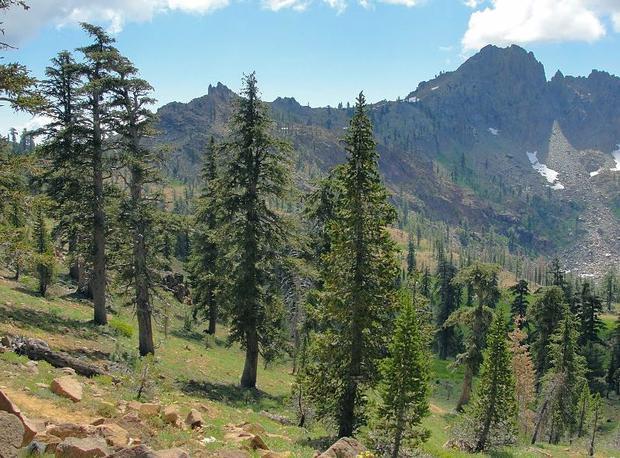A new law in the Philippines has been introduced which requires all high school and college students to plant at least 10 trees before they can graduate. And last week, the UK government announced it will fund the planting of more than 130,000 trees in English towns and cities over the next two years as part of its efforts to fight climate change.
According to CBC Canada, both Australia and New Zealand plan on growing one billion trees over the next decade. The United Nations’ Trillion Tree Campaign has planted nearly 15 billion trees across the globe in recent years.
Pakistan is already on a second 10 billion tree tsunami, started by Prime Minister Imran Khan in 2018. The country’s One billion tree tsunami started in 2014 was finished ahead of schedule, resulting in the restoration of 350,000 hectares (864,869 acres) of forest.
Does planting trees always reduce carbon in the atmosphere?
Scientists will argue that if done right, tree planting is a positive effort in an overall plan to reduce greenhouse gas emissions. As a matter of fact, a new analysis by ecologist Thomas Crowther and colleagues at ETH Zurich, a Swiss university was presented at the American Association for the Advancement of Science conference in Washington, D.C. earlier this year.
In the analysis, Crowder and his colleagues argue that planting additional trees is one of the most effective ways to reduce greenhouse gases, according to Yale Environment 360.
Combining forest inventory data from 1.2 million locations around the world and satellite images, the scientists estimate there are 3 trillion trees on Earth – seven times more than previously thought.
Billion Tree Tsunami Plantation near #Peshawar#KPK #KPKUpdates #Pakistan #Developing pic.twitter.com/xF7eHwfjWQ
— Developing Pakistan (@DevelopmentPk) September 20, 2016
“There are 400 gigatons [of CO2 stored] now in the 3 trillion trees,” Crowther said. “If you were to scale that up by another trillion trees, that’s in the order of hundreds of gigatons captured from the atmosphere – at least 10 years of anthropogenic emissions completely wiped out.”
It’s more than just planting trees
Julia Pongratz, a climatologist and earth systems modeler at the University of Munich says that planting trees will work and it is easy to do. “It’s working, right? We’ve been planting forests for 10,000 years.”
Pongratz estimates that reforestation could remove 500 to 7,000 megatons of carbon from the atmosphere a year, and some estimates are even higher. And now that everyone is ready to go out and plant a tree, we must also remember that trees all by themselves will not save us.
Keep in mind that commercial forests, grown for lumber, only sequester and store carbon temporarily. Malcolm North, a research scientist with the U.S. Forest Service, says “The wood that goes into making paper or more transient wood products … only sequesters carbon for a few years, and then it’s back in the landfill decomposing, [sending] that carbon back into the atmosphere.”
North also notes that governments are in the habit of restoring forest land that has been razed by fire or cleared for crops or cattle grazing. The best thing to do is to maintain old-growth forests and use good forestry methods like prescribed burns to clear undergrowth.
And replacing old-growth forests with newer commercially viable trees can be detrimental. That’s because the trees planted might not be a species suited to that particular environment. In the Philippines, with their tree-planting legislation, one of the things mentioned was the use of indigenous tree species suited to the ecology of a particular area.
North also said scientists worry that new forests “may not be very resistant to global warming, may not be resistant to the disturbance regimes, like fire, that is endemic to that system.”
If tree-planting is “done in a way that’s not one size fits all, and they’re trying to restore a more natural forest system,” North said, “then I think it’s one of the best things we can do.”
In a follow-up article this weekend, we will talk about the carbon cycle, carbon sequestration and how forests absorb carbon dioxide.
.
















